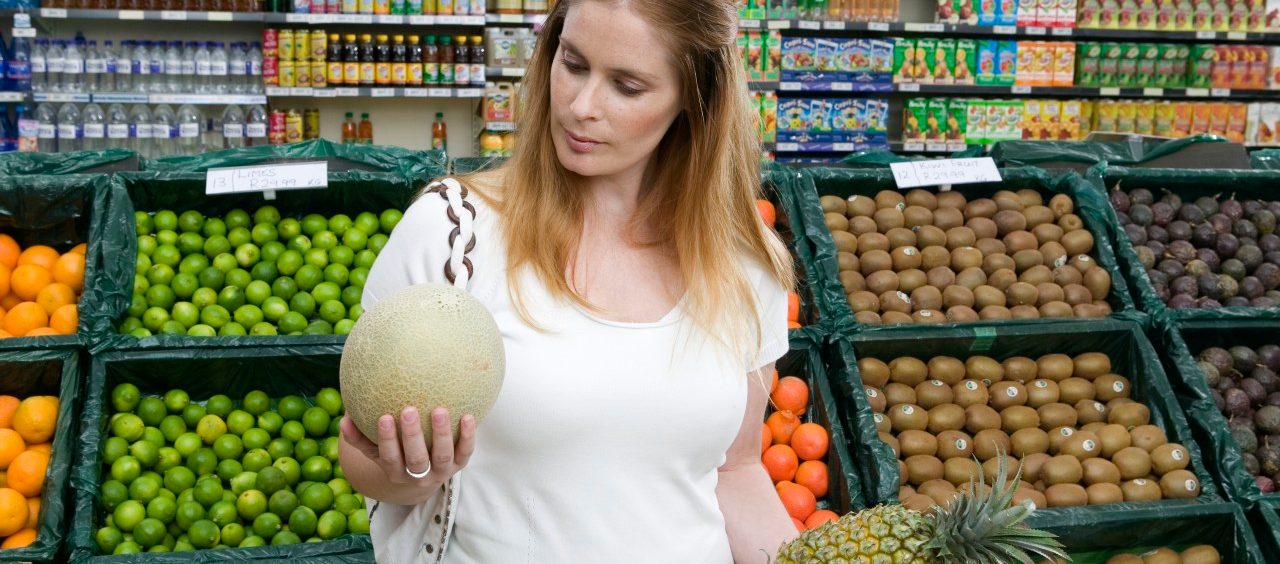November 17, 2017
Does Cooking Affect Food Nutrients?

So, I’m turning 28 years old this year, and I’m pretty proud of myself for finally being able to say, with 100-percent conviction: I. CAN. COOK. Not only have I slowly but surely, over the course of 2016, amassed a decent set of cooking stuff, I’ve also picked up enough fun facts and nice-to-knows about various cooking methods to say with even more conviction: MICROWAVES. ARE NOT. THE ENEMY. Better believe it, sister or mister. There are a bunch of other things us silly humans do to our food that affect the nutritional value of our food just as much as there are things we don’t know that can actually enhance it. The average adult can cook, sure, but does the average adult know how to cook?
YOU MIGHT ALSO LIKE: “Everything in Moderation” Is Bad Diet Advice
The effect of cooking on nutrients
There are several basic ways to cook food, each with its own resulting texture and flavor, and its own set of positive and negative effects on macronutrients, water-soluble and fat-soluble vitamins, and minerals:
- Steaming – Resulting flavor and texture may not be the most thrilling, but you get to preserve the most nutrients, especially water-soluble vitamins. One study cooked broccoli, spinach, and lettuce via steaming, boiling, and microwaving, and found that steaming preserved the most vitamin C content, followed by microwaving, and then boiling.
- Boiling, simmering and poaching – Are nutrients lost when cooking? Generally speaking, the longer your food is cooked in water, the more nutrients seep into the broth or are destroyed by heat. For example, vegetables lose over half of their original vitamin C content, and meat loses about 60 percent of thiamin, niacin, and other B vitamins. However, fatty acids, such as omega-3, are generally unaffected by these methods, so bring on the salmon, cod, and tuna!
- Grilling and broiling – These dry heat methods are my personal favorite because they’re quick, flavorful, and low-fat! You still lose about 40 percent of B vitamins and minerals to juice drippings, but it’s honestly a small price to pay for the gustatory experience of a perfectly-grilled anything. If there’s anything to lose sleep over when it comes to grilling and broiling, it’s the formation of cancer-causing polycyclic aromatic hydrocarbons (PAHs) in charred meat and drippings. Yikes!
- Sautéing and stir-frying – Both methods involve a little oil or butter, minimal to no contact with water, and a short cook time. Ah, the perfect trifecta for better nutrient retention! Cooking with a healthy fat, such as extra virgin olive oil or grass-fed butter, boosts fat-soluble nutrient content and absorption of special plant compounds and antioxidants, such as lycopene in cooked tomatoes. And before you ask: NO, extra virgin olive oil does not turn into trans fat when heated. In fact, its significantly higher smoke point (a.k.a. the temperature at which its fatty chains change composition) makes it more stable for cooking at higher temperatures.
- Frying – While it is advisable to minimize the consumption of fried food, there is absolutely no reason to avoid it. Assuming we use a healthy fat as a frying medium, and cooking temperatures and times are kept to the bare minimum, frying actually preserves a lot of nutritional content and results in food that only feels and tastes sinful – for the most part. (Note: This is not a go signal to binge on French fries. In another life, perhaps.)
- Baking – While the lazy cook in me loves recipes that only entail a lightly-oiled baking sheet and a 20-minute cook time, high cooking temperatures will still result in significant nutrient loss. Baking allows for food to be better and more evenly cooked through, and “tenderizes” grains thanks to yeast activity.
- Microwaving – Earlier I led with the statement “Microwaves are not the enemy.” Microwaving is one of the healthiest methods to cook food – assuming you do it right, that is. Bear in mind that the microwaves that run through your food are only meant to induce heat from molecular movement, and are not the same radioactive waves that can alter DNA and turn us all into superheroes. Real life is just not that exciting.
YOU MIGHT ALSO LIKE: Microwave Cooking and Nutrition
Other cooking tips
There really is no perfect way to cook your food when the intention is to preserve nutritional content, but if you keep these tips in mind, you’ll be able to select a cooking method that not only brings out the best flavors and textures for your dish, but also ensures you get enough of the good stuff:
- Minimize amount of water when boiling or poaching.
- Find a way to reincorporate the broth from boiling vegetables, or the juice run off from meat.
- Try to cook vegetables with the skin on, and if necessary, just peel them after. This reduces exposure to heat, loss of moisture, and adds dietary fiber.
- Try to cook meat or vegetables as whole as possible and slice or cut up only after cooking.
- Do not reuse or overheat oil. This is how you turn even the most expensive olive oil into something unhealthy
- Minimize cooking times.
- Try to avoid very charred meat and fat. Experts say removing the char and fat run off from grilling and broiling can reduce the amount of carcinogenic PAHs by 41 percent to 89 percent.
What’s your favorite way to cook? Let me know if you have any healthy cooking tips and tricks that help you get the most out of your food!


